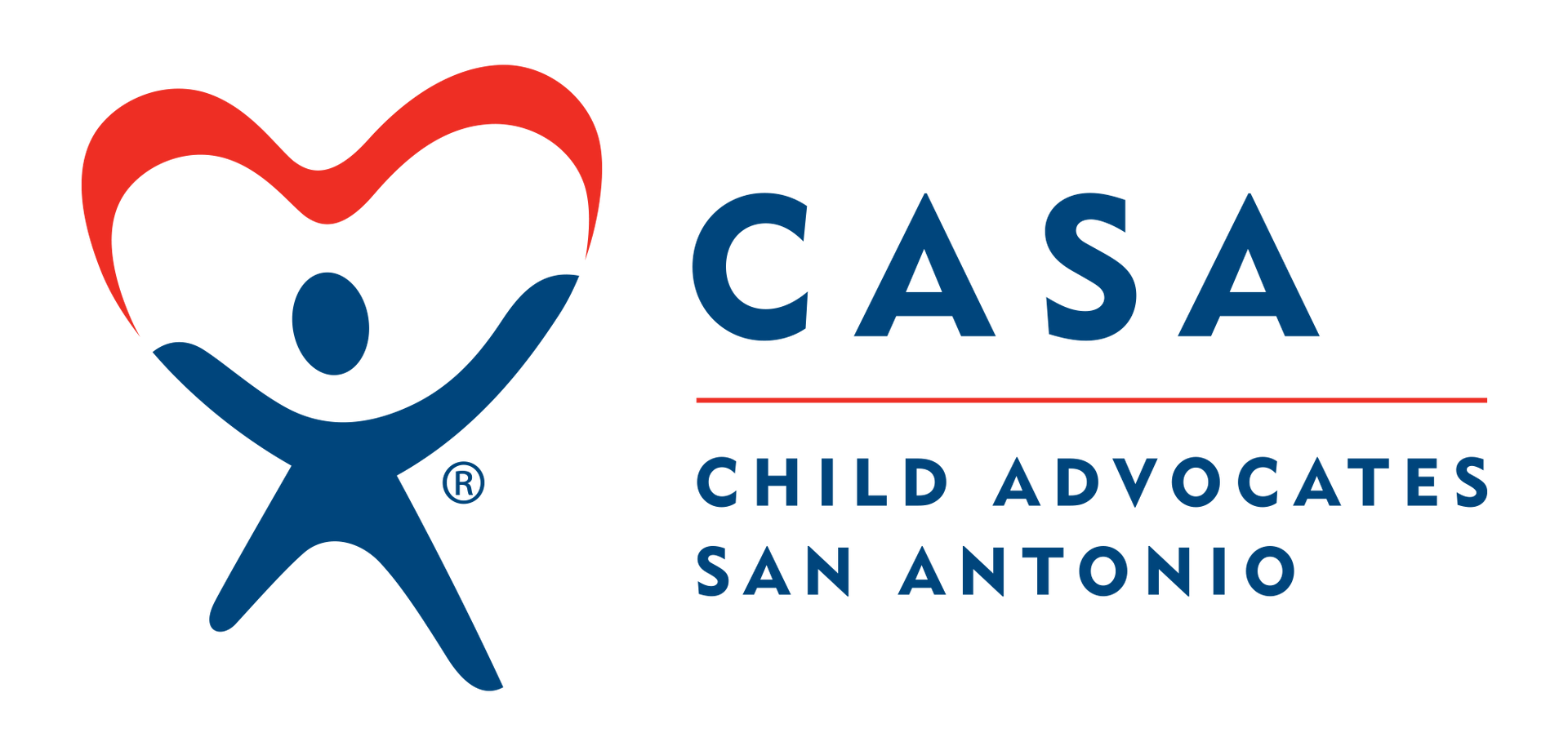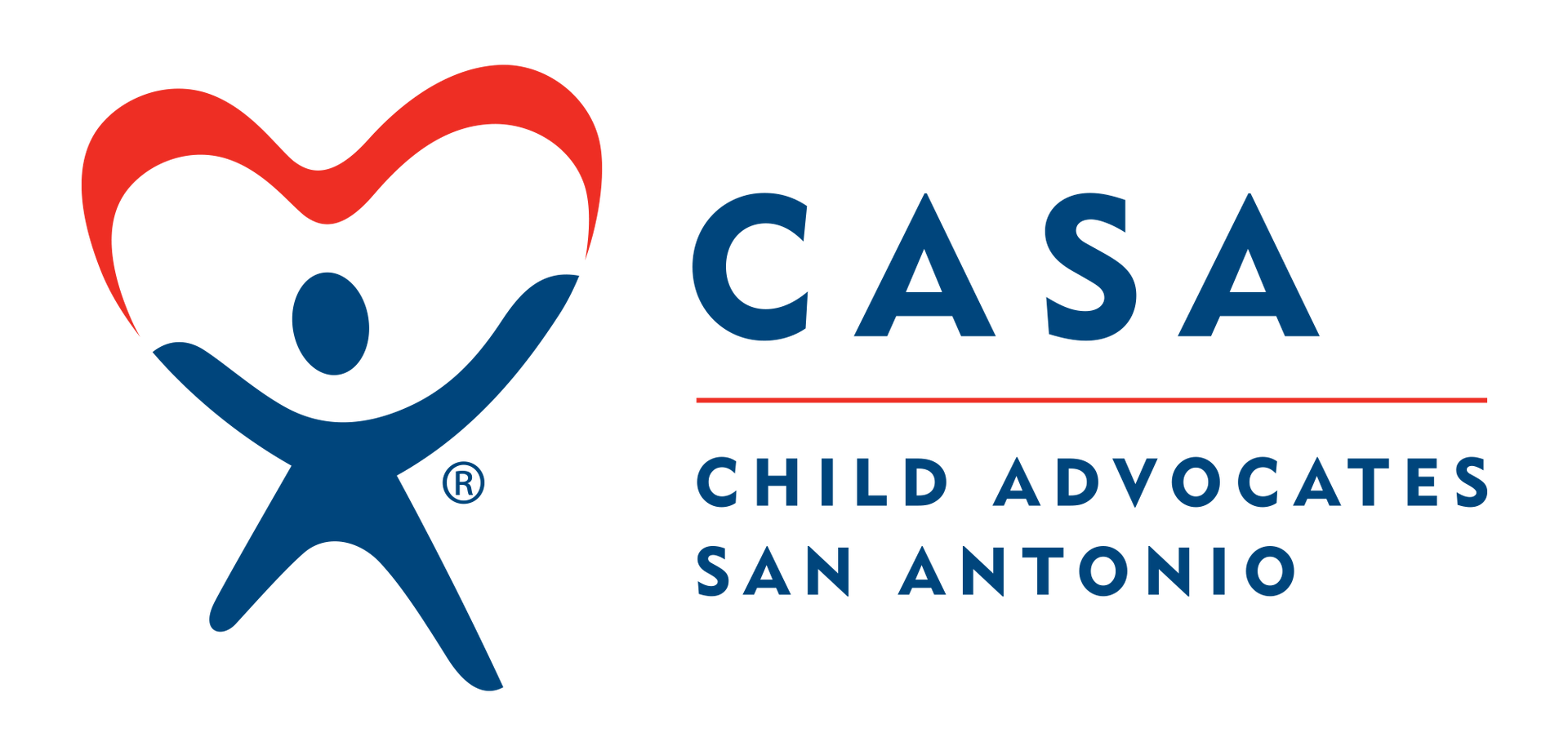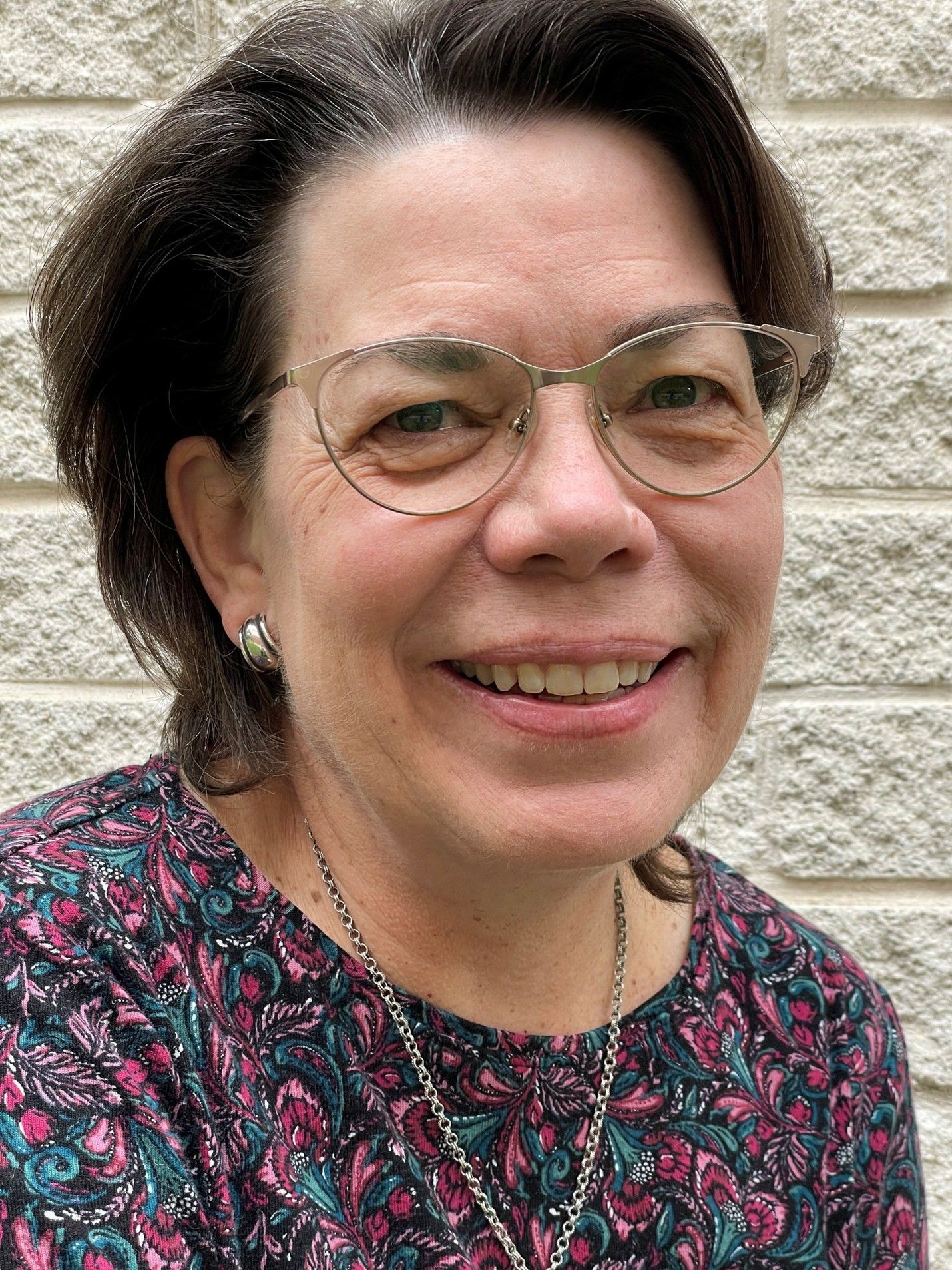Story of Hope: Janet Penley
October Advocate Impact Story
Written By: Janet's Advocate Supervisor
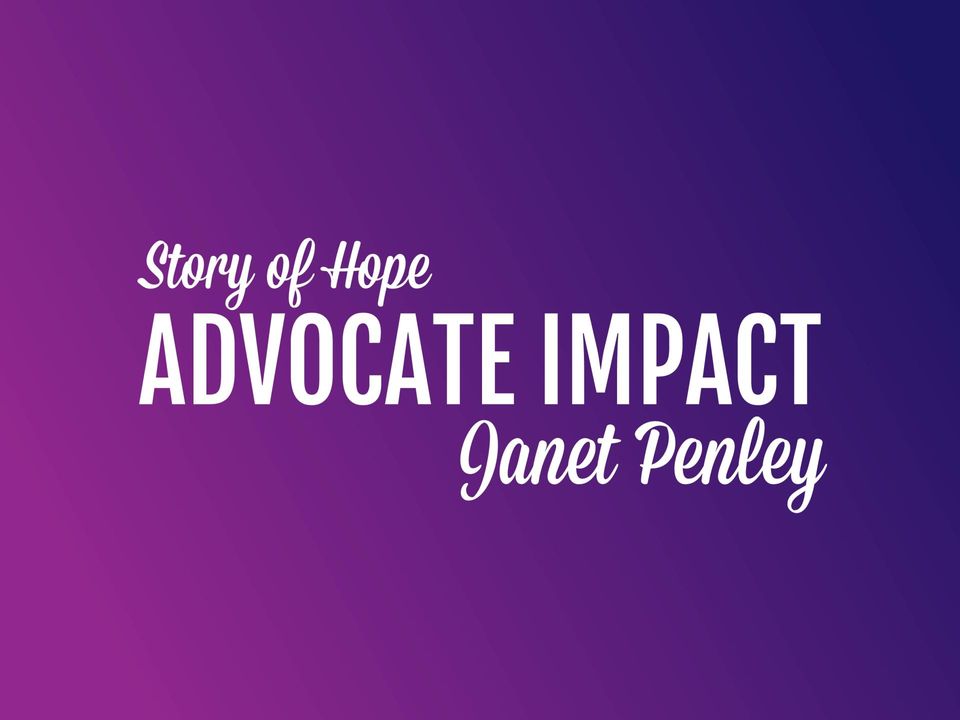
This case started due to allegations of physical abuse of 2-year-old Joshua. The Department received a referral stating that Joshua had bruising on the left side of his face to his ear. Initially, the family denied that any abuse or neglect had occurred in the home, but then later the mother called CPS and confirmed that her boyfriend had slapped the child. The Department requested that the boyfriend move out of the home, and they started working services without any legal intervention.
Unfortunately, the mother was not able to be protective of Joshua and still allowed her boyfriend around her son, which put him at risk of ongoing physical abuse. Joshua and his baby brother Shawn were ultimately removed from the home and placed in foster care at an emergency shelter.
At the 1st hearing, the Judge granted the removal, but made the unique recommendation that the children be placed with their mother, and that Shawn’s father not be allowed to have unauthorized visits or contact with the children. The Judge was hopeful that with services, the family could be quickly reunified and that the bond with the mother could continue if they were with her. The Judge also requested that a CASA be appointed as soon as possible to ensure that there would be an additional person to check on these kids.
Janet and Stephen Penley were quickly assigned to this case. Janet is a tenured CASA volunteer who had expressed a desire to work more closely with parents on her next case if possible, something this case had. The mother on this case was only 17 and had not had a very stable childhood, and would need all the positive support she could get.
Janet quickly got in contact with the CPS worker and the mother in order to visit the children. She realized that the mother was now living with the paternal grandmother with the children. The grandmother had expressed concerns that the mother would leave with the children for long periods of time, and she wasn’t sure where they were going or what they were doing. There was already concern that the mother was not being protective of the children, and after several attempts to ensure that the children would be safe with the mom, the children were ultimately placed in a foster home.
The boys were initially placed in a foster home together, but it was quickly determined that Joshua needed to be in a foster home where the foster parents could devote all of their attention to him. He was having a lot of behavioral issues and anxiety and the foster parents could not care for both children together. Joshua was moved into a new foster home, and Janet helped with the transition and ensured that play therapy was set up as soon as possible.
As the case continued to progress, the mother was trying to make progress, but found it hard to leave her boyfriend permanently. Janet kept in contact and continued to encourage the mother to work her services and learn from her classes. In the meantime, both boys adjusted to their foster placements, and were doing well. Both sets of foster parents acknowledged the importance of the sibling connection and made time to set up play dates and even would celebrate holidays and go on vacations together. They would even let the boys FaceTime each night to say good night to each other.
Both sets of foster parents acknowledged the importance of the sibling connection and made time to set up play dates and even would celebrate holidays and go on vacations together.
As trial approached, a paternal aunt was identified that wanted to have placement of Shawn only. The Department did a home assessment, and recommended that Shawn should be moved and placed with family. Janet went to visit the aunt and observed multiple visits to ensure that she could make an informed recommendation about whether a placement change would be in the best interest of the children. The parties were not all in agreement about changing placement, so a hearing was set.
Janet was not recommending a change in placement for Shawn. She was called to testify, and she stressed the importance of the sibling bond. She stated that even though the brothers are not placed together, the current foster parents were encouraging that sibling bond. She stated that the visits could probably not continue if the placement changed. She also stressed the fact that Shawn had now been with the foster parents for a year and that he was well bonded and did not really know the aunt even though she was family. Janet was also very concerned about the potential for the paternal side of the family to have ongoing access to the child, like what had happened in the past. After Janet’s testimony, the Judge denied the request to move the child and ordered that Shawn should stay in his current foster home.
[Janet] was called to testify, and she stressed the importance of the sibling bond.
Janet’s testimony was powerful because at this point, she had been on the case the longest since the original CPS worker had resigned, and a new worker had been recently assigned. Janet’s testimony also made an impact because she had visited not only the foster parents, but she had also observed the relative’s home, and visits with the child as well. This was something that the caseworker could not testify to.
The day of trial arrived, the parents on the case were still in a relationship, the father of Shawn was also pending a criminal trial for the injury to Joshua, and the mother was pregnant and had multiple warrants. The parents were not able to take care of their children, so they ended up relinquishing their rights. The current goal is for both boys to be adopted, and Janet will continue to fight for their rights to stay together when that happens.
Help us provide more Advocates like Janet who are willing to fight for children like Joshua and Shawn:
Fund a Hope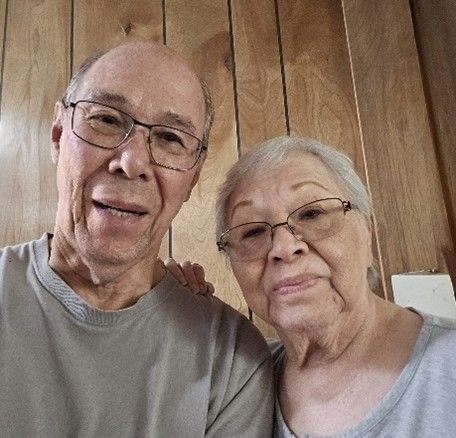
Jimmy and Mary Young eagerly began their second case in August 2024. The children—Chris, 11; Emily, 9; and Sofia, 7—were in the care of the Department due to neglectful supervision by their mother, who struggled with alcohol dependency and depression. She had left the children unattended to travel to Port Aransas to drink and go fishing. In addition, the home environment was observed to be in disarray, with minimal food, posing a risk to the children’s well-being. The mother was arrested on three counts of abandonment of a child. The children’s father had passed away from cancer a few months earlier, in March 2024. The children were initially placed with their grandmother, who decided after a few weeks that she could not care for them. They were then placed with an uncle, who gave notice within two weeks. Subsequently, the children were placed together at Boysville, where they remained for the duration of the case. Although the children had already experienced two moves in just one month, the Youngs were optimistic about their placement at Boysville. The children from Jimmy and Mary’s first case had also been placed at Boysville, so the Youngs were familiar with the facility and had established a good rapport with the staff. From the beginning, Mr. Jimmy introduced himself to all parties involved in the case, exchanged phone numbers with the caseworker and the children’s attorney, and maintained close communication with them during the children’s moves. Once the children were placed at Boysville, Mr. Jimmy contacted the case manager and counselors there to inquire about setting up therapy and enrolling the children in school. The Youngs advocated for transportation to and from school, and the children were approved to ride the school bus. They also recommended bereavement therapy to help the children cope with the loss of their father. Mr. Jimmy learned about a summer camp at the Children’s Bereavement Center, made a few calls, and successfully registered the children to attend. Throughout the duration of the case, the Youngs visited the children monthly, maintained close contact with the CPS caseworkers, updated the children’s attorney after visits, and remained in frequent contact with the children’s therapists and teachers. They advocated for tutoring and addressed behavioral concerns with the children’s therapists. The Youngs documented everything in Optima, wrote court reports, and attended several CASA training courses to stay informed and further their knowledge of child welfare. They also chose to attend court in person to maintain face-to-face contact with the judge, other parties on the case, and the children’s mother. One particularly notable aspect of this case was the Youngs’ consistent communication and engagement with the children’s mother. After their initial meeting, the Youngs maintained regular contact with her, inquiring about her progress in services, employment, and housing. They frequently encouraged her to continue and complete her services, checked in after court hearings, and provided moral support—offering her hope. During the previous Christmas, Jimmy and Mary sent the mother a recording of the children singing Christmas carols, delivered messages from the children, and shared photos of special events. During phone calls or family visits, they listened patiently, giving her space to express herself. Within a few months, the mother opened up to them about the children’s father and his cancer diagnosis, sharing how it was discovered and discussing his passing. As the mother continued working on her services, Jimmy and Mary cheered her on, reminding her that her efforts were for the sake of reuniting with her children. At the merits hearing in September, the Youngs, in agreement with CPS, recommended an extension to allow the mother more time to maintain sobriety, begin extended visits with the children, and possibly start overnight, unsupervised visits. The extension was granted, as the mother had completed all her services and maintained stable employment and housing. Weekend visits began, and by late September, the mother continued testing negative for substances. The children were placed with her on a monitored return. Jimmy and Mary visited the children in the home for the following two months, providing CPS, the children’s attorney, and the court with very positive feedback. The children were happy, thriving, and their needs were being met. The Youngs provided their final recommendation of reunification in court in late November, and the judge granted reunification, dismissing CPS from the case. It was the Youngs’ consistent communication and encouragement toward this young mother that led to the successful reunification. They followed up after hearings, facilitated communication between the mother and caseworkers when the relationship felt strained, and provided the mother the opportunity to share her perspective without judgment—all while encouraging her to do her best for her children.
